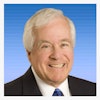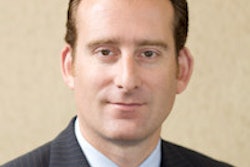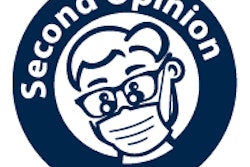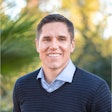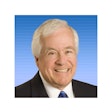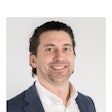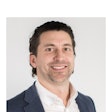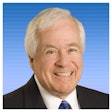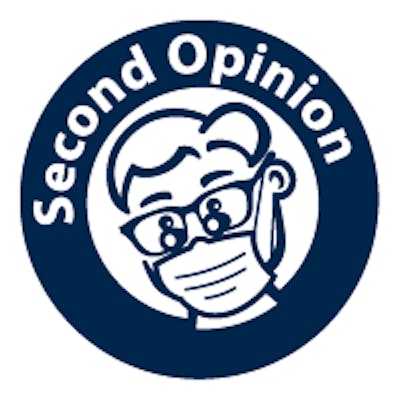
The first part of this series examined how to determine the value of a practice. This column focuses on dental service organizations as a potential buyer.
As you will remember, we are examining the valuation for a practice grossing $1 million with a 15% profit margin. Let's look at dental service organizations (DSOs) as a potential buyer of the practice.
Most DSOs are supported by private investors and don't require third-party approval to finance a one-off acquisition. There's a common misconception in the industry that DSOs simply come in and overpay for practices and this is how they are growing as quickly as they are. They are, in the words of Vito Corleone from "The Godfather," making dentists "an offer they can't refuse."
“There's a common misconception in the industry that DSOs simply come in and overpay for practices.”
The truth is that most of the DSOs are very disciplined buyers, experienced in the transition process, and afforded the ability to move quickly. If they see something they want, they make the process incredibly easy for a selling doctor. Generally, these organizations are not as skittish or nitpicking in the same fashion as many private buyers. They also help minimize stress during a very uncertain time for selling dentists, which offers the DSO an additional competitive advantage.
However, the one thing DSOs don't do is overpay for a practice. They understand valuation concepts and opportunity costs. They aren't going to buy a practice that will need at least 15 years to pay back the principal they are putting out. To be clear, DSOs would never purchase a practice based on the mythical price Dr. Climo claims a dental practice is worth simply because they will not turn a profit for years, and will, in fact, be operating at a loss. Moreover, if you were to provide his basic figures of $2.1 million in purchase price with $1 million in revenue at a 15% margin to a DSO, it most certainly wouldn't waste its time looking at the practice, as it would feel the valuation was unrealistic.
The other reason no one will pay Dr. Climo's price is that it would be easier to simply start a new practice.
To replicate a practice grossing $1 million, a dentist would need to build at least a four-operatory practice. The total cost to do that would be between $300,000 and $400,000 depending on the build-out decisions. The dentist would take out a seven- to 10-year loan to finance this build-out and, assuming he or she was motivated and decent at running the business, the example practice would be replicated in no more than 10 years. That means from years 11 to 15, the $150,000 of profit would be the dentist's and he or she would earn a total of $750,000.
Conversely, the dentist could buy the practice in the example and still be cash-flow negative through those years. This concept also allows for choice in the location of the practice (for example, a busier street corner), the opportunity to work with new equipment in a new facility, and the opportunity to assemble your own team without inheriting any legacy staff issues.
As a group of professionals working in the dental practice transition area (brokers, CPAs, attorneys, bankers), we think the prices of practices are at a high ebb right now. The combination of low interest rates and a market that probably has more buyers than sellers has helped to raise prices. Current interest rates make it possible for a buyer to pay $1 million for the subject practice and be able to be at a positive cash flow in seven years. If the buyer were willing to go out to 10 years, it's possible he or she could even justify a $1.2 million price tag.
The fact of the matter is that no bank would finance the dental practice in the example and no DSO would purchase it. For a seller, it may feel wonderful to "think" that your practice is worth more than twice what market reality is, but you will be a very unhappy seller at a very lonely party. There is a reason why the vast majority of dental practices throughout the U.S. sell within a well-documented valuation range, and it is quite simple: cash flow.
Under Dr. Climo's example, the mythical buyer has a negative cash flow for many years, meaning he or she makes less money on acquiring the practice, not more. This means the practice does not support living expenses or the ability to pay back the debt. How many believe that banks are foolish enough to lend money in this circumstance? How many DSOs wish to trumpet their negative cash flow acquisition to shareholders?
We think most agree that it's a good time to sell. The trouble is not one of those people would say that a practice would sell for anything approaching what was suggested, unless you found a buyer with deep pockets who had no understanding of the market and no business sense to understand basic economic principles.
A person who invests better than $2.1 million in this dental practice would likely be on a path to financial ruin. Take a look into the crystal ball with us. In five years, do you think the value of practices will be higher or lower than they are right now? If you said lower, there's a good chance you will be right. The days of low interest rates will not last forever. It wasn't very long ago when the interest rates on a dental acquisition loan were 9%. There's also the profound effect the retirement of the baby boomers will have on all industries. There will be more and more sellers flooding the marketplace without enough buyers to buy them out. Today's sellers' market will invert, causing prices to drop.
Dr. Climo's response will run next week.
Tim Lott is an equity member at Nadean/Lean, Jason P. Wood is a partner at Wood and Delgado, David Zoellick is director of development at Midwest Dental Support Center, Galen Van Otterloo is a specialty sales representative at US Bank Practice Finance, Andy Lemhkuhl is a principal at dental practice consulting firm Edge Advisors, and Michael Bark is a principal at Edge Advisors.
Sean Epp, Robert Joyce, and Rick Shneyder also contributed to this article.
The comments and observations expressed herein do not necessarily reflect the opinions of DrBicuspid.com, nor should they be construed as an endorsement or admonishment of any particular idea, vendor, or organization.



